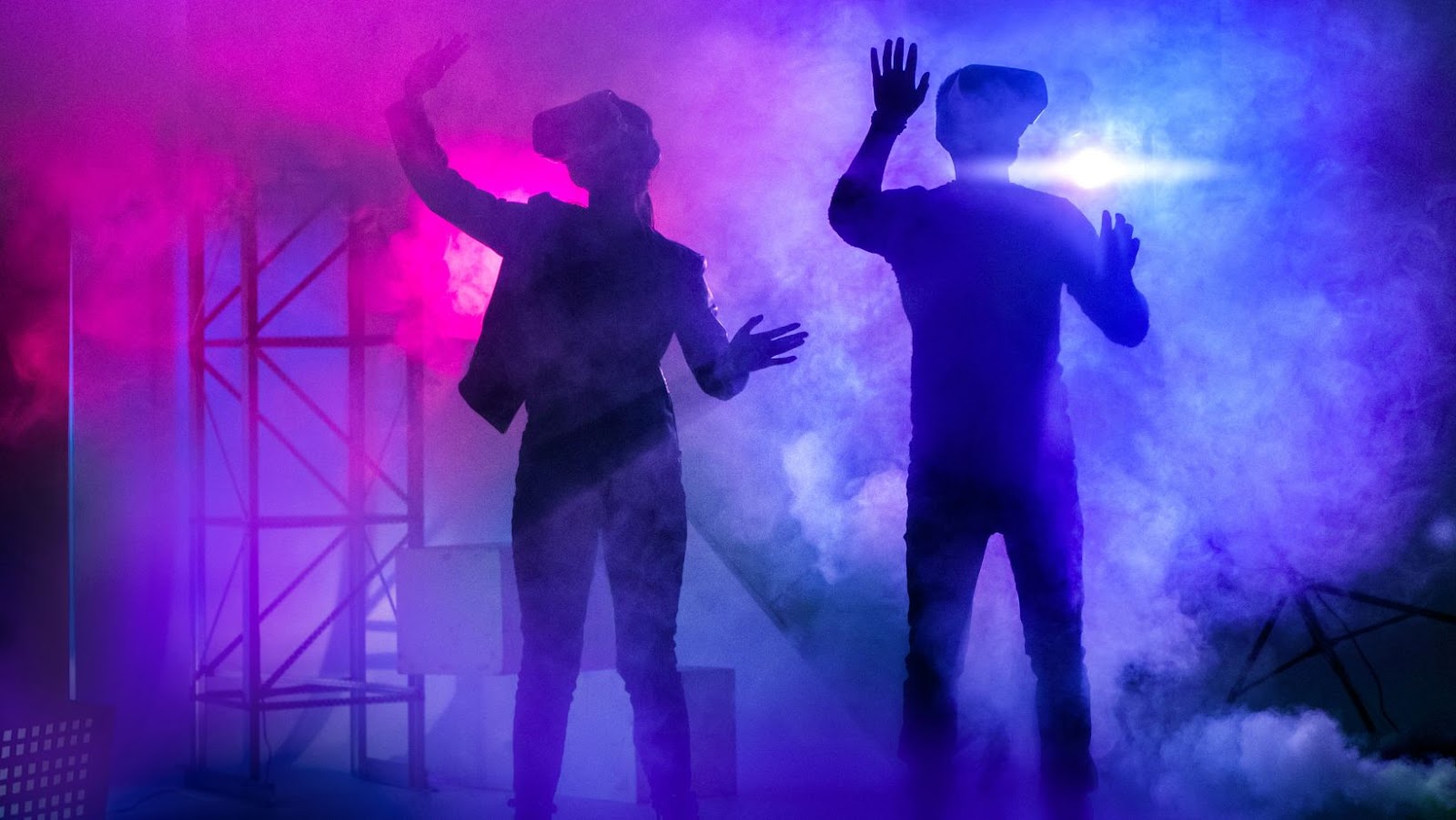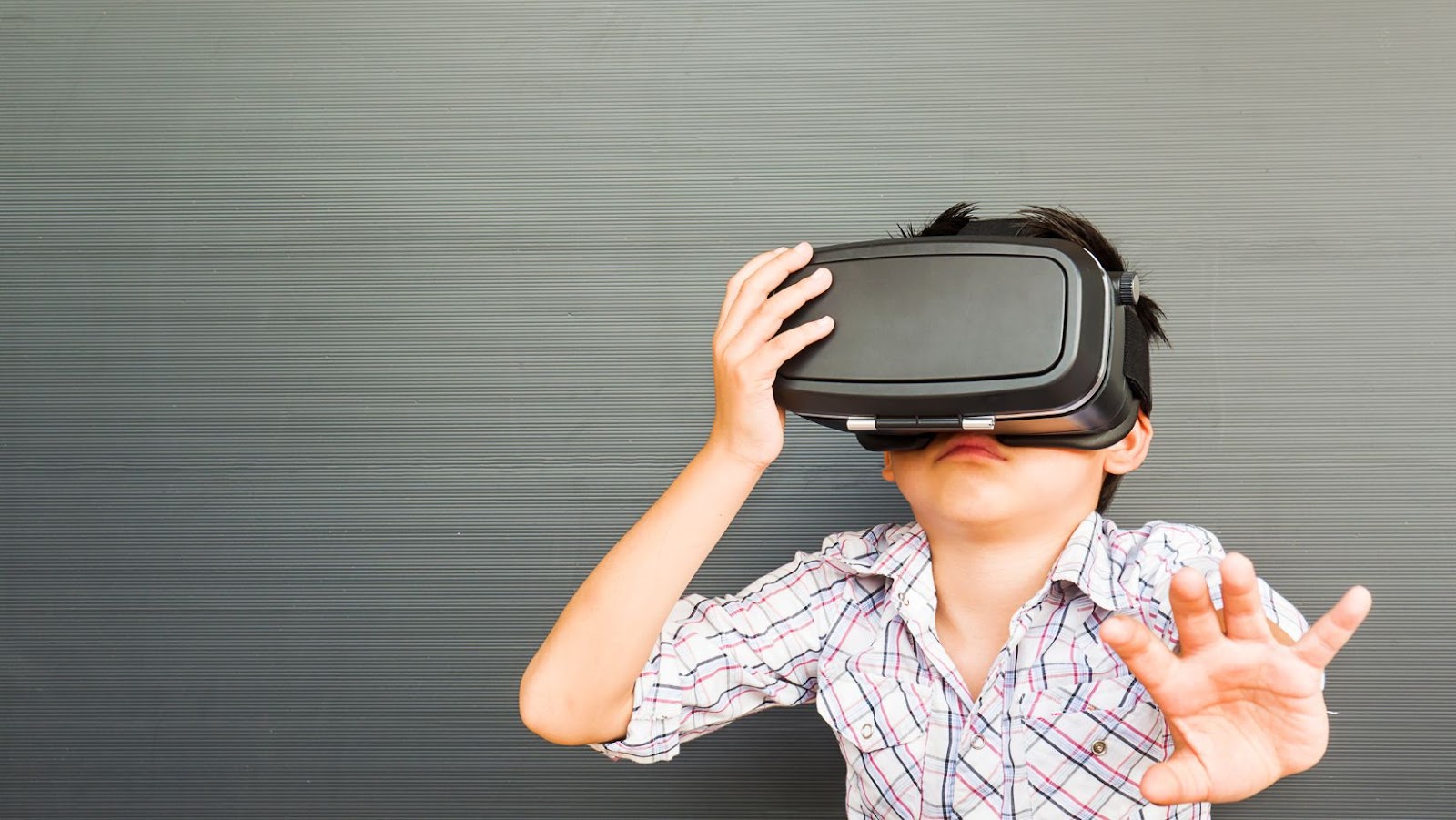 How Does Virtual Reality Work with Phones
How Does Virtual Reality Work with Phones
Virtual reality (VR) is a simulated experience created using computer technology that immerses users in a digital environment. Unlike traditional interfaces, VR places the user inside experiences, making them feel like they are present in the virtual world. Users interact with these environments through visual, auditory, and sometimes haptic feedback.
How Does Virtual Reality Work with Phones? Key components of VR include headsets, controllers, and motion tracking systems. Headsets display the virtual world and often contain built-in sensors that track the user’s head movements. Controllers allow users to interact with virtual objects, and motion tracking captures full-body movement, enhancing immersion.
VR can be categorized into three types:
- Non-Immersive VR: Users interact with a virtual world via a computer screen (e.g., video games).
- Semi-Immersive VR: Users experience a partially immersive environment, often through graphical computer displays (e.g., flight simulators).
- Fully Immersive VR: Users are entirely embedded in a virtual world using VR headsets and advanced motion tracking (e.g., VR gaming).
Phones have made VR more accessible, allowing users to enter virtual worlds using affordable VR headsets and their smartphones.
 Components Needed For Mobile VR
Components Needed For Mobile VR
Mobile VR combines several essential components to deliver immersive experiences. Modern smartphones power mobile VR. Equipped with high-resolution screens and advanced sensors like gyroscopes and accelerometers, they create responsive 360-degree views. Devices from major brands such as Apple, Samsung, and Google are popular choices due to their cutting-edge technology.
How Does Virtual Reality Work with Phones? VR headsets hold the smartphone and create the visual and auditory environment. They often come with lenses that enhance the phone’s display quality, immersing users in the virtual space. Brands like Oculus, Google Cardboard, and Samsung Gear VR provide various options, ranging from affordable to high-end.
Additional peripherals like controllers and external sensors enhance the VR experience. Controllers allow for interaction within the virtual environment, making experiences more engaging. Some sets include external sensors or trackers to increase accuracy and reduce motion sickness. Brands like Oculus and HTC provide these enhancements for mobile VR.
 How To Set Up Mobile VR
How To Set Up Mobile VR
How Does Virtual Reality Work with Phones? Mobile VR has become increasingly accessible, allowing users to dive into virtual environments using just a smartphone and a compatible headset. Follow these steps to set up mobile VR and start your immersive experience.
Selecting a VR headset that’s compatible with your smartphone is crucial for an optimal experience. Consider these factors:
- Compatibility: Ensure the headset supports your smartphone model and operating system.
- Comfort: Look for adjustable straps and cushioning to fit various head sizes without discomfort.
- Lens Quality: Opt for headsets with high-quality lenses to minimize distortion and enhance visual clarity.
- Field of View (FOV): A wider FOV offers a more immersive experience.
Popular options include Google Cardboard, Samsung Gear VR, and Oculus Go, each catering to different budget ranges and feature sets.
VR apps transform your phone into a portal to different virtual worlds. Follow these steps to install VR apps:
- Visit App Stores: Open Google Play Store for Android or the App Store for iOS devices.
- Search for VR Apps: Use keywords like “VR,” “virtual reality,” or specific app names such as “Google Cardboard” or “VR Roller Coaster.”
- Download and Install: Select the desired app and tap install. Follow the on-screen instructions to complete the setup.
Ensure your phone has sufficient storage space and a stable internet connection during the download process.
Proper positioning and calibration ensure a smooth VR experience. Follow these guidelines:
- Align Phone and Headset: Securely place your smartphone in the VR headset, ensuring the screen is centered.
- Adjust Straps: Tighten or loosen the straps for a snug, comfortable fit.
- Lens Adjustment: Adjust the lenses to match your interpupillary distance (IPD) for clear visuals.
- Calibration: Launch the VR app and follow its calibration instructions, which might include aligning the headset or adjusting the view.
These steps will minimize motion sickness and enhance visual accuracy, creating a stable and immersive virtual environment.